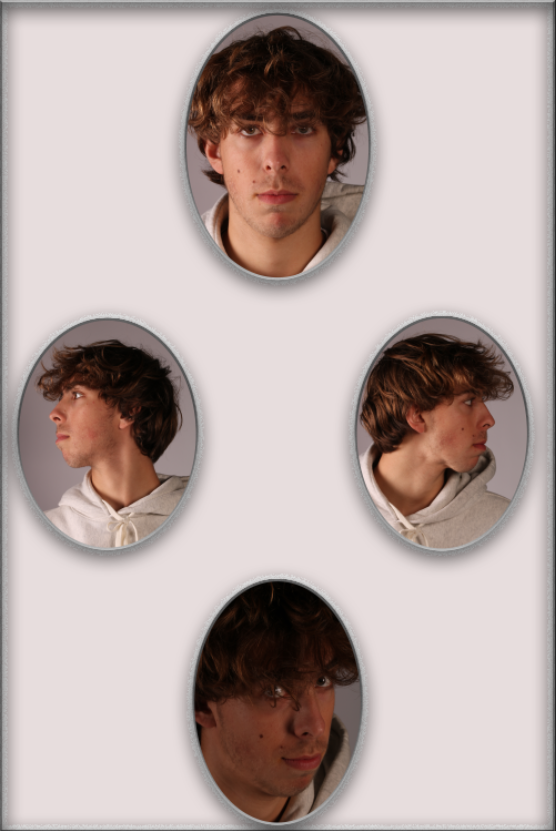Using the Artsteps software I created virtual gallery of some of my favourite images.
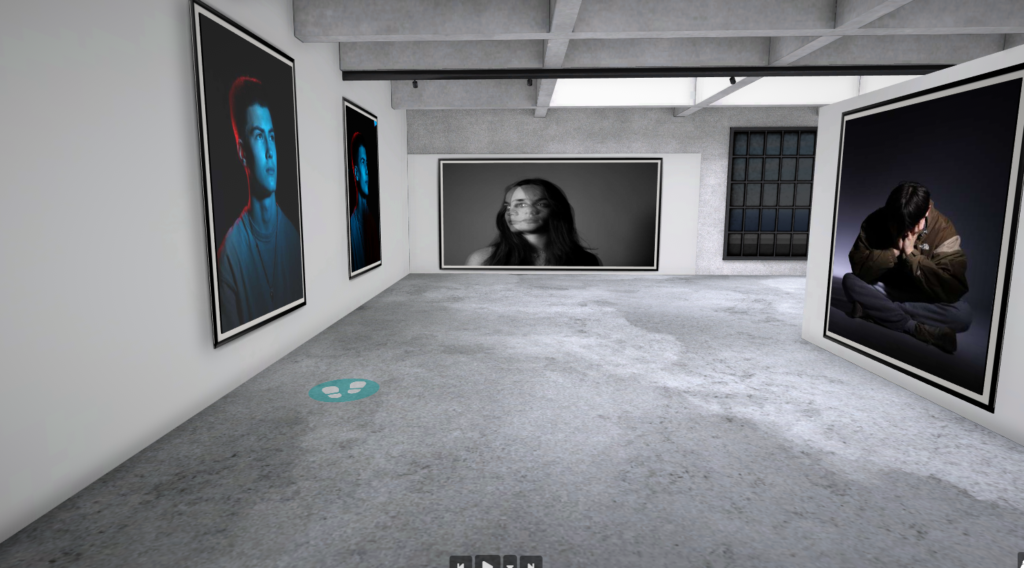
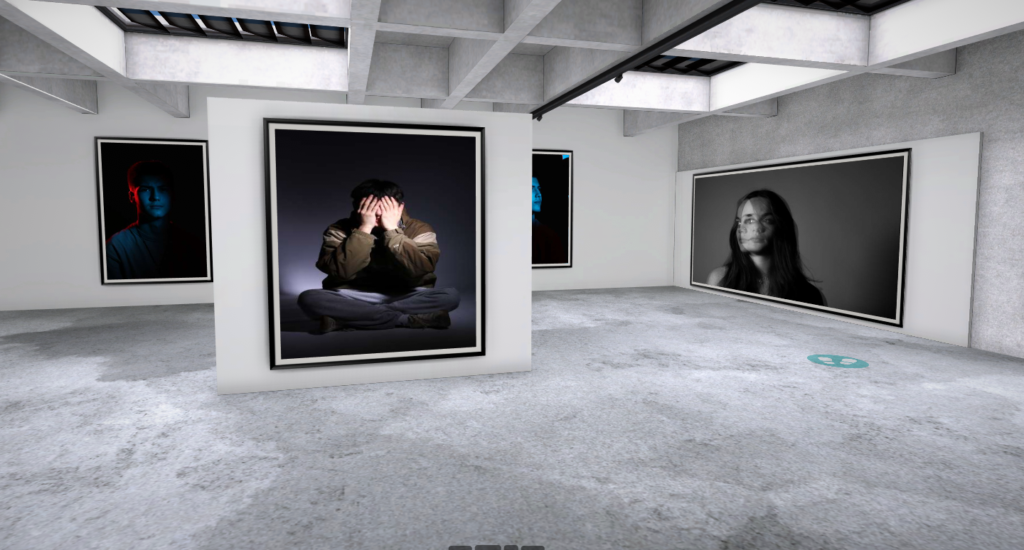
Using the Artsteps software I created virtual gallery of some of my favourite images.



for this photo/set of photos I turned them black and white to hold a more dramatic tone. i made the red darker to allow it to pop more.
Claude Cahun was a French artist, writer, and political activist born in Nantes in 1894. She is known for her surrealist photography, writing, and her resistance work against the Nazi occupation of France during World War II. Cahun was born Lucy Schwob and began using the name Claude Cahun in her early twenties.
Cahun was a prolific writer and translated works by Oscar Wilde and Arthur Rimbaud into French. Her writing explored themes of gender identity, sexuality, and politics. She was an advocate for women’s rights and was involved in the French suffragette movement.
Cahun’s surrealist photography, which she often created with her partner Marcel Moore, challenged traditional gender norms and identity. She frequently dressed in men’s clothing and used mirrors, masks, and other props to create surreal, dreamlike images.
Cahun and Moore were both openly gay and were active in the French lesbian community. They were also members of the French Resistance during World War II and used their artistic skills to create propaganda that challenged the Nazi occupation of France.
Cahun was arrested by the Gestapo in 1944 and sentenced to death. She was saved from execution by the Allied liberation of France later that year. After the war, she continued to write and create art, but her health began to decline. She died in 1954 at the age of 60.
Claude Cahun’s legacy continues to inspire artists and activists today. Her political activism and resistance work demonstrated her courage and commitment to social justice. Her surrealist photography and writing continue to challenge traditional gender norms and inspire others to explore their own identity and creativity.
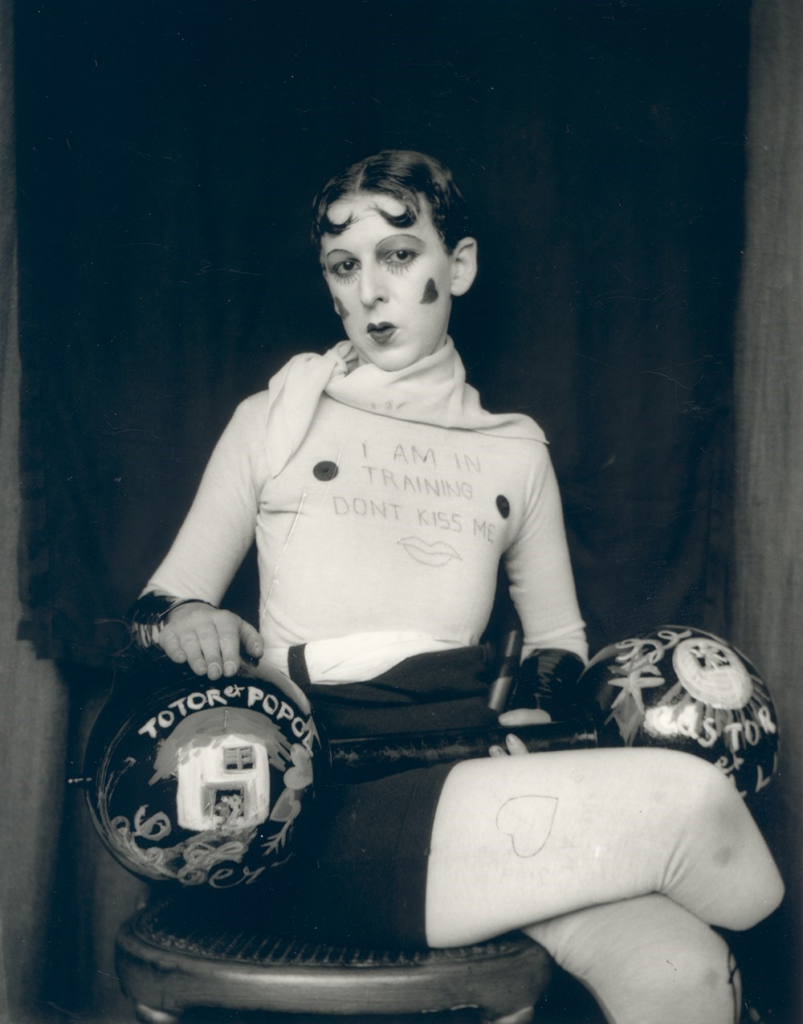

these images are meant to portray the stereotype of men and boys not being effected by negativity and that we are expected to just overlook anything negative and not show emotion.
The first images shows the model with his head in his hands and seems worried or affected by something and as the images go on you can see his body language changes to show that he is not meant to show emotion by hiding his feelings with a smile and the third shows him trying to be un aware of any feeling he may want to display.

For this shoot I used my friend to try and capture images of the average masculine stereotype,
masculine stereotypes can be very harmful to men. Society often expects men to be strong, tough, and unemotional. This can lead to men feeling like they can’t express their emotions or seek help when they need it. It can also lead to men feeling like they need to be aggressive or violent in order to be seen as “manly.” These stereotypes can also be harmful to women, as they can lead to men feeling like they need to dominate or control women in order to be seen as “manly.”
It’s important to recognize that everyone is different, and there’s no one “right” way to be a man. Men should be allowed to express their emotions and seek help when they need it, just like anyone else. It’s also important to recognize that masculinity can mean different things to different people, and that’s okay.
For my photoshoot I’m planning on using the studio to take portraits of my friend using blood and make up to appear to have just been in a fight. which is showing a common masculine stereotype that boys ar strong and aggressive just fight . i believe this fits well with the theme and can prove that these stereotypes are unrealistic.
Traditional notions of masculinity have been thrown out of the window. In the photography of English portraitist Joseph Barrett, it is high time for the world to start looking at people without pre-judging eyes.
.

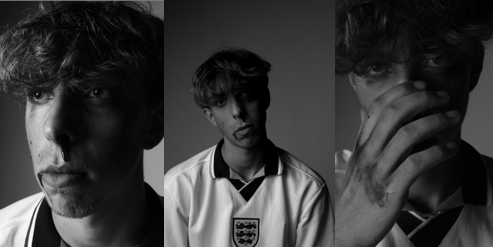
these were my attempts at images joseph Barrett styled images with ,my friend looking to the camera almost with a concerned expression just like in the images above.
In her photographic practice Clare explores ideas of performance and gesture to interrogate and subvert dominant modes of representation. Her work is informed by feminist theory, and presents an alternate and often awkward experience of subjectivity and the female body, usually the artists’ own.
Recent projects have engaged with site specificity, involving works that are captured and displayed within the same environment. A central interest within her practice is the exploration of performance documentation, specifically how the camera can act as a collaborator, rather than mute witness, to the performer.
Known for her engagement with domestic and institutional spaces, recently Clare’s work has been captured and exhibited in locations such as the Australian Centre for Contemporary Art (ACCA), the National Gallery of Victoria, Monash University, the Abbotsford Convent, Sutton Project Space and the Substation, Melbourne.


Femininity is a set of attributes, behaviors, and roles generally associated with women and girls. Femininity can be understood as socially constructed, and there is also some evidence that some behaviors considered feminine are influenced by both cultural factors and biological factors.
Masculinity is a set of attributes, behaviors, and roles associated with men and boys. Masculinity can be theoretically understood as socially constructed, and there is also evidence that some behaviors considered masculine are influenced by both cultural factors and biological factors
